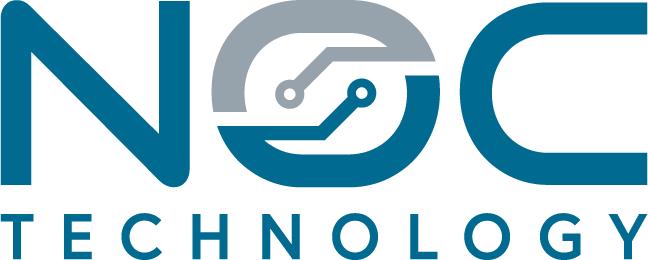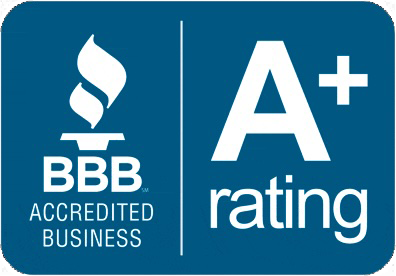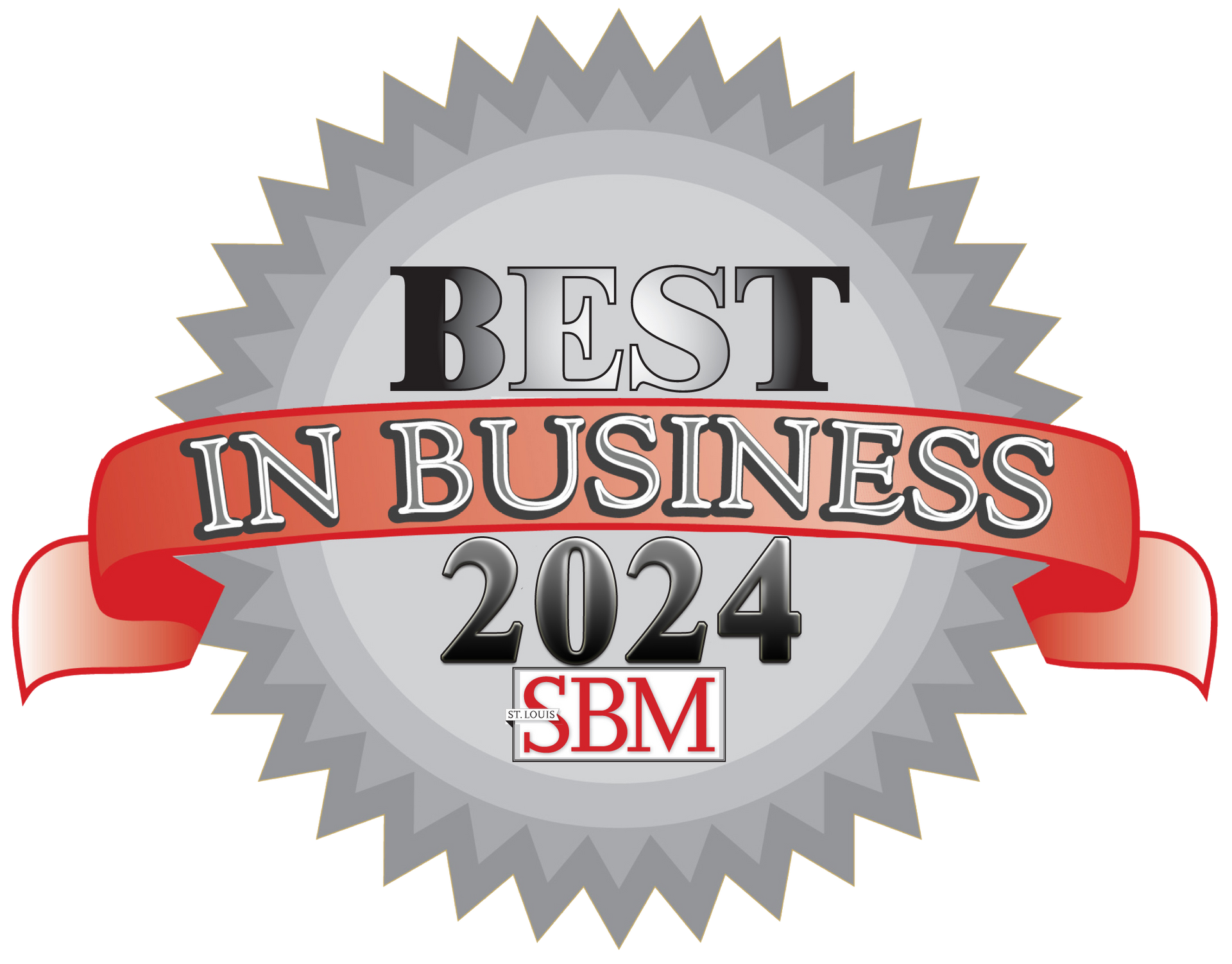How Managed IT Services Can Benefit Architecture Firms
by Ted Stahl | NOC Technology
Streamlining Operations, Improving Efficiency, and Enhancing Security

Managed IT services are becoming an increasingly popular solution for architecture firms looking to streamline their operations and improve their bottom line. These services provide a wide range of benefits that can help architecture firms operate more efficiently and effectively.
Free Up Resources
One of the biggest benefits of managed IT services for architecture firms is the ability to outsource the management and maintenance of their IT infrastructure. This includes everything from servers and networks to software and hardware. By outsourcing this work to a managed IT service provider, architecture firms can free up valuable resources and focus on their core business activities. Read: Outsourcing vs. Internal IT Departments: Which One is Right for Your Business?
Expertise and Experience
Managed IT services also provide a high level of expertise and experience. The IT professionals working for managed service providers are experts in their field. They can provide the latest technology and best practices to ensure that a firm's IT infrastructure runs at peak performance. They also have the knowledge and experience to troubleshoot and resolve any issues that may arise, minimizing downtime and ensuring that the firm's operations are not impacted.
Get a Free Assessment of Your IT Network Security: FREE ASSESSMENT
Ability to Scale
Another important benefit of managed IT services is the ability to scale services as needed. As architecture firms grow, their IT needs will evolve. Managed IT services allow firms to scale up or down their services as needed, ensuring that they always have the right level of support and resources. This is particularly important for firms that experience seasonal fluctuations in business.
Protection from Cybercrime
Managed IT services also provide a high level of security for architecture firms. With the increasing number of cyber threats and data breaches, it is essential that firms take steps to protect their sensitive data. Managed IT service providers offer advanced security solutions, such as firewalls, intrusion detection, and data encryption, to protect firms from cyber-attacks and ensure that their data is safe and secure. Read: Securing Your Architecture Firm: The Importance of Cybersecurity
In summary, managed IT services provide a wide range of benefits for architecture firms. These services allow firms to outsource the management and maintenance of their IT infrastructure, providing expertise and experience, scalability, and cybersecurity. With the help of managed IT services, architecture firms can operate more efficiently and effectively, allowing them to focus on their core business activities and grow their bottom line.




